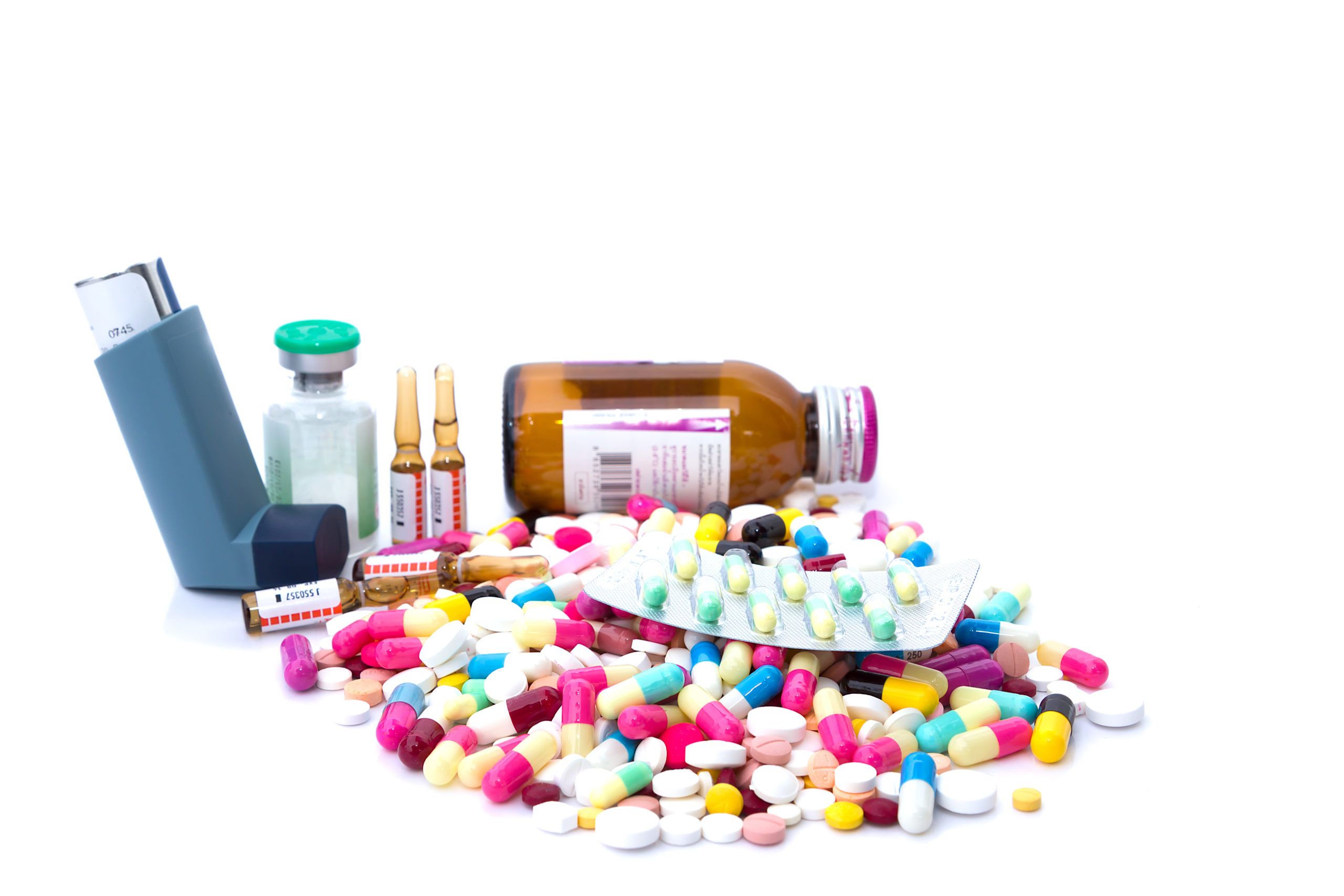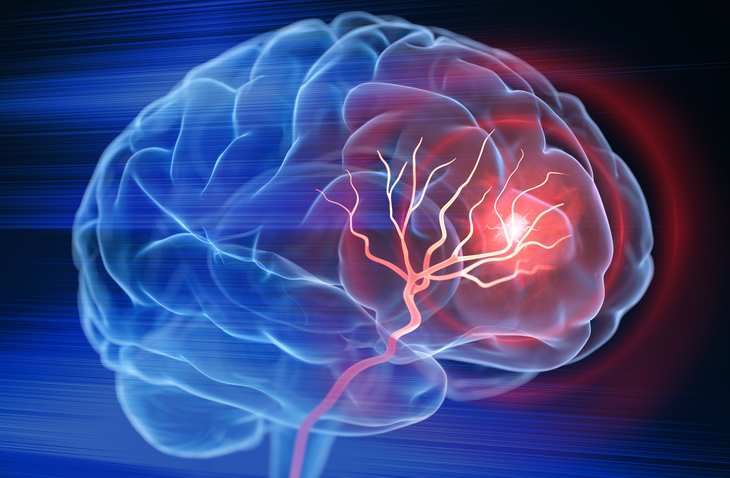
In a recent study, researchers surveyed patient acceptability of medication formulations used to treat acute agitations related to psychotic illness or bipolar disorder. Between tablet, orally-dissolving-tablet (ODT), liquid, intramuscular injection (IM), and inhaled device (INH) formulations, a higher proportion of patients preferred the oral formulations versus IM and INH, the authors found.
According to the lead author, Rachel Walker, this study was the first conducted in the US meant to examine patient preferences toward medication formulations and examine correlating factors. The results were published in Pharmacy.
Patients Prefer Oral Schizophrenia Agitation Medication
The study enrolled 100 patients who were receiving emergency or inpatient treatment at a psychiatric facility in Missouri. Participants received a presentation on medication formulations and were then asked to rate their acceptability on a 5-point Likert scale.
The primary end point was the attitudinal measurement of acceptability and how it varied with severity of agitation if being administered to the respondent or to another individual.
For acceptability to treat mild agitation in themselves and others, participants assigned the following ratings, respectively:
- Oral Tablet: 75% and 52%
- ODT: 82% and 55%
- Liquid: 74% and 51%
- IM: 53% and 74%
- INH: 78% and 72%
For acceptability to treat severe agitation in themselves and others, patients assigned the following ratings, respectively:
- Oral Tablet: 75% and 52%
- ODT: 74% and 53%
- Liquid: 66% and 53%
- IM: 61% and 67%
- INH: 77% and 72%
In addition, when treating mild agitation, respondents preferred tablets and ODTs to the IM (P<.05) and INH to liquid or IM (P<.05) for themselves. A greater proportion preferred oral formulations for other patients (P<.05).
For severe agitation in themselves and other patients, respondents’ preference for INH and IM formulations compared with oral formulations was significant (P<.05), with no difference observed between IM and INH (P<.05).
The authors concluded, “The proportion of responses preferring oral formulations was higher than IM and INH,” noting that “Medication formulation acceptability differed depending on the severity of agitation and the intended recipient of the medication.”







 © 2025 Mashup Media, LLC, a Formedics Property. All Rights Reserved.
© 2025 Mashup Media, LLC, a Formedics Property. All Rights Reserved.